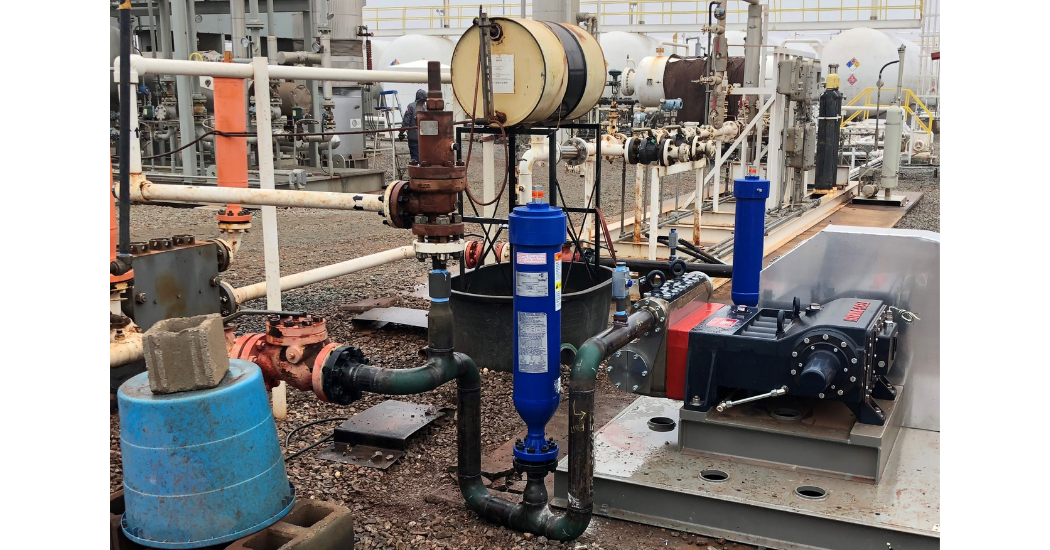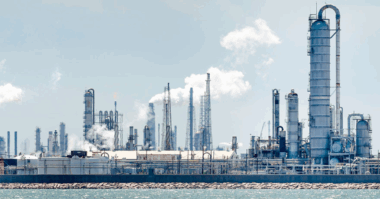When fugitive emissions are released into the atmosphere while pumping Natural Gas Liquids (NGLs), dangerous effects are caused.
NGLs are light hydrocarbons—such as ethane, propane, butane, and pentane (raw gasoline)—that vaporize when leaked into the atmosphere during processing operations. These fugitive emissions can contribute to the accumulation of greenhouse gases and to air pollution that causes respiratory distress to individuals living nearby contaminating sources.
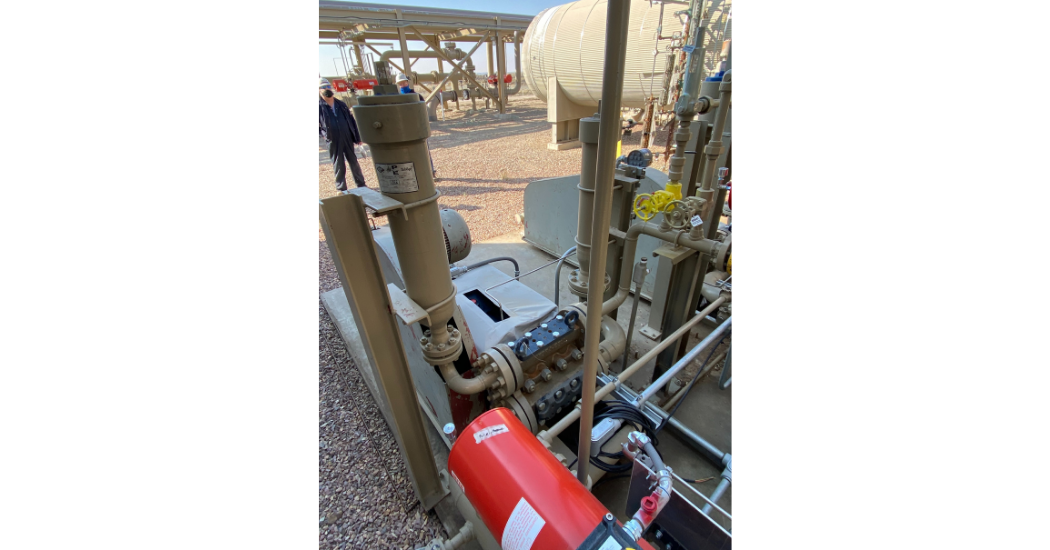
In addition to contributing to local air pollution, fugitive emissions may cause further environmental harm and lead to the economic cost of lost commodities.
Most occurrences of the harmful emissions are small, difficult to detect, and of no immediate impact. However, due to rapidly expanding activity, even the most strictly regulated gases have accumulated outside of industrial work sites, reaching measurable levels globally. Fugitive emissions have also been connected to ozone depleting substances and greenhouse gases as they enter the Earth’s atmosphere.
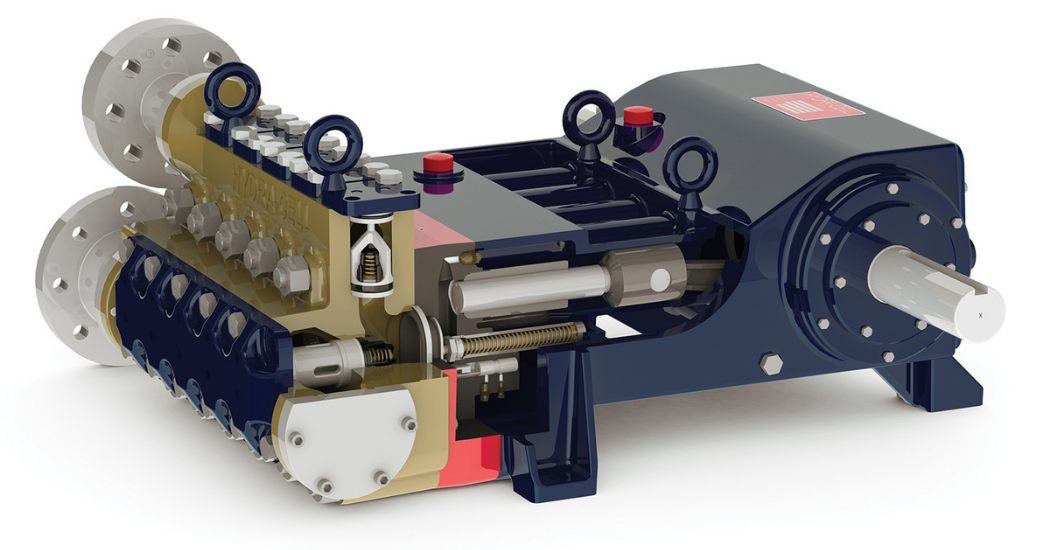
Hydra-Cell Q155
To control and contain fugitive emissions in oil and gas applications that pump NGLs, the seal-less design of Hydra-Cell pumps has no leak path, so it fully contains fugitive emissions.
In some cases, propane and other gases can leak when using natural gas as a pump driver. When using seal-less pumps to move NGLs, the dangerous gases are kept inside the system and not released into the environment. Hydra-Cell seal-less pumps have no packing, by design, which prevents the dangerous gasses from leaking.
Once in the atmosphere, some hydrocarbons will “gas off,” or vaporize. When there is a leak, it may not be detectable. A sniffer, or similar device, may be used to detect leaks on pumps that use mechanical seals or packing. With seal-less pumps, the leakage is automatically contained without the need for an ancillary device.
When using packing with reciprocating plunger pumps, the packing is used in the stuffing box and compressed with a ring to minimize leaking. Many packings are designed to leak a little to prevent overheating. A lubrication system may be added to the packing, however, it could also leak.
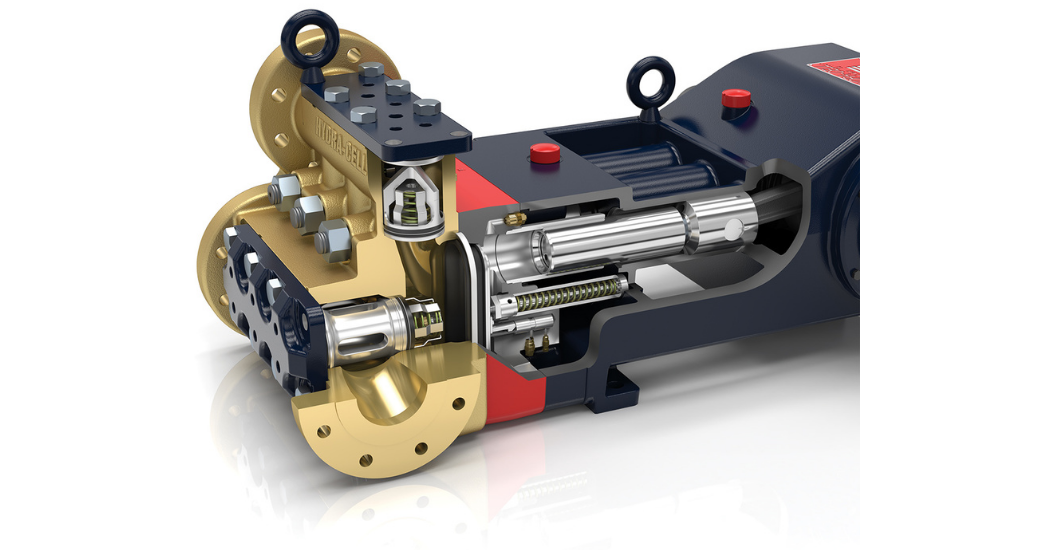
Hydra-Cell T100
Hydra-Cell seal-less reciprocating pumps feature hydraulically balanced diaphragms to contain the harmful fugitive emissions. There is a plunger, but no packing or mechanical seals. Instead, an oil is added to the hydraulic end (the lubricating end of the pump). The oil is compressed with the plunger and moves the diaphragm, providing the pumping action. During normal operation, the fluid chamber is completely sealed from the atmosphere. The processing fluid is contained in the fluid end of the pump.
In applications such as well injection, seal-less pumps are preferred because the NGLs will generally contain high vapor pressure emissions, like propane, which would be harmful if leaked into the atmosphere. Plunger pumps generally require a vapor recovery system over the stuffing box area in order to meet the strict EPA emissions requirements.
Seal-less pumps are non-lubricating, so they don’t require a lubricating fluid. The components that require lubrication are separated by the diaphragm.
Some states have stricter EPA regulations than others, however, seal-less pumps offer an advantage in all cases because there is no need for auxiliary equipment to contain the fugitive emissions.
The compact footprint of Hydra-Cell seal-less pumps saves valuable space, and the seal-less design contains the harmful emissions. Due to high pressure in the lines, the pumps are isolated using pneumatic-actuated valves when not in use.
In addition, Hydra-Cell seal-less pumps have these advantages:
- Reduced maintenance and downtime.
- Will run dry indefinitely without damaging the equipment or components.
- Can handle abrasives and particulates up to 800 microns in size (depending on the model) thanks to its spring-loaded, horizontal disk check valves.
- Non-lubricating liquids, as well as highly viscous fluids, can be pumped reliably.
Most important, Hydra-Cell seal-less pumps have separate fluid and power ends providing no leak path for harmful emissions. Operators are also protected from the release of the harmful substances, making seal-less pumps a responsible choice for safety reasons.

